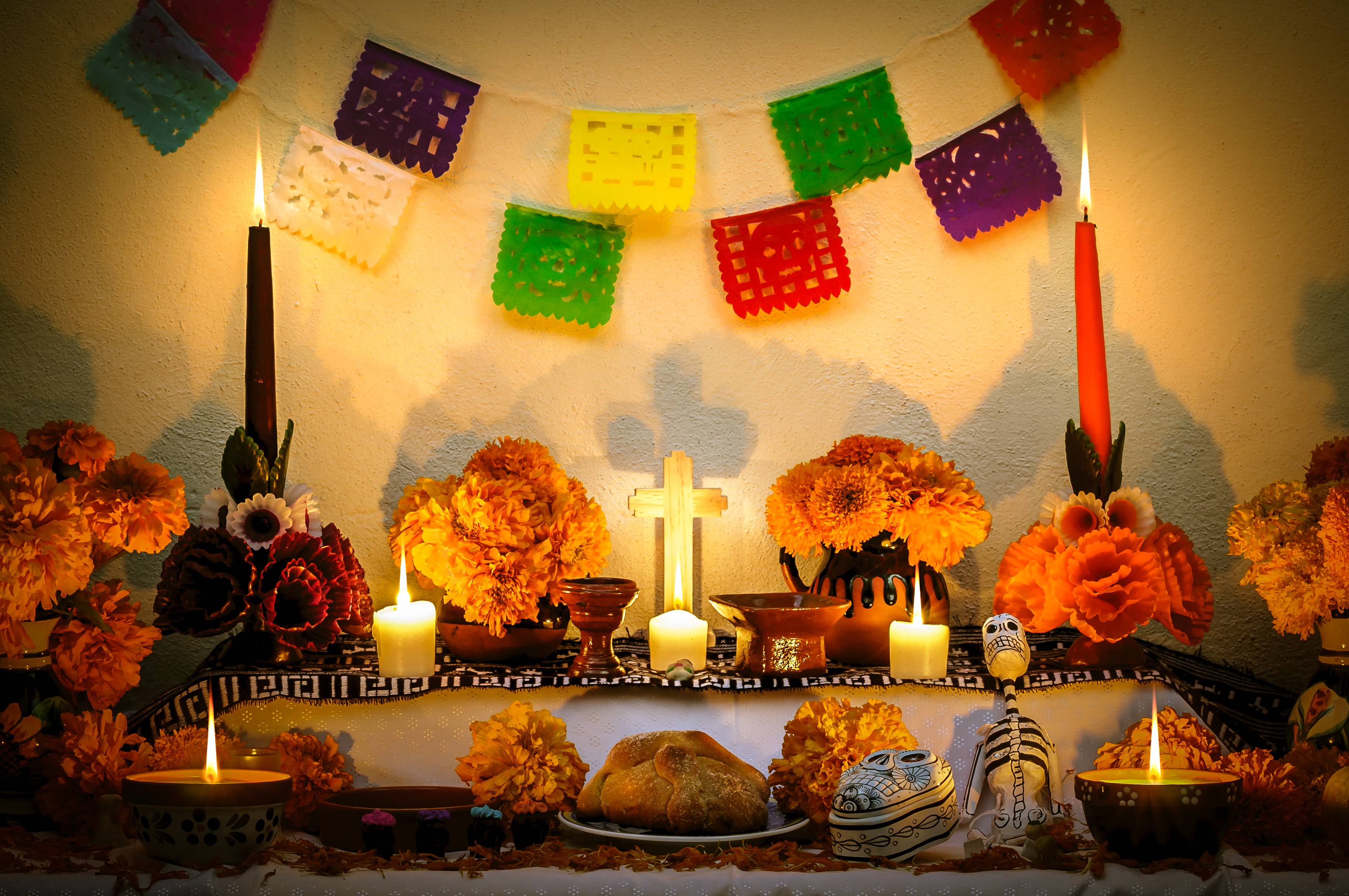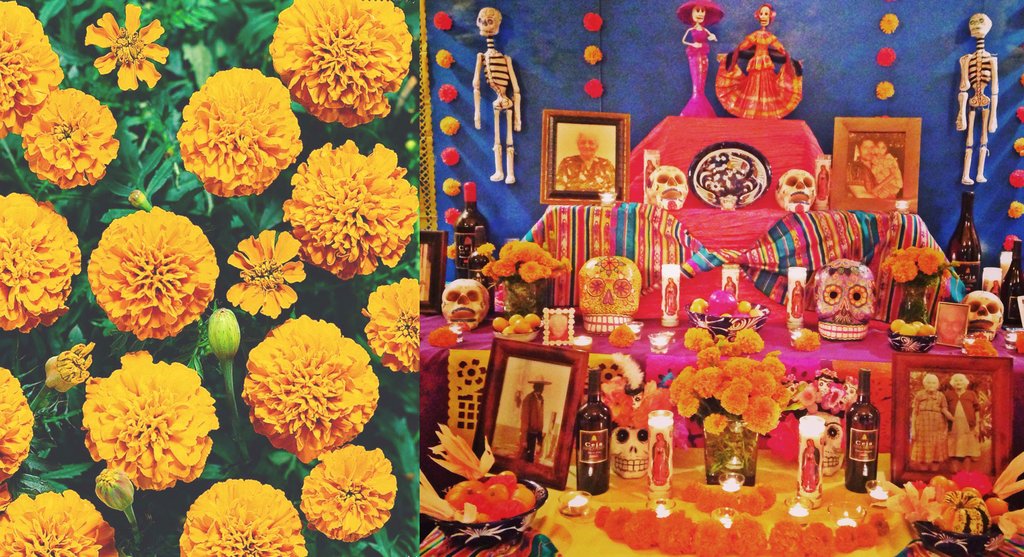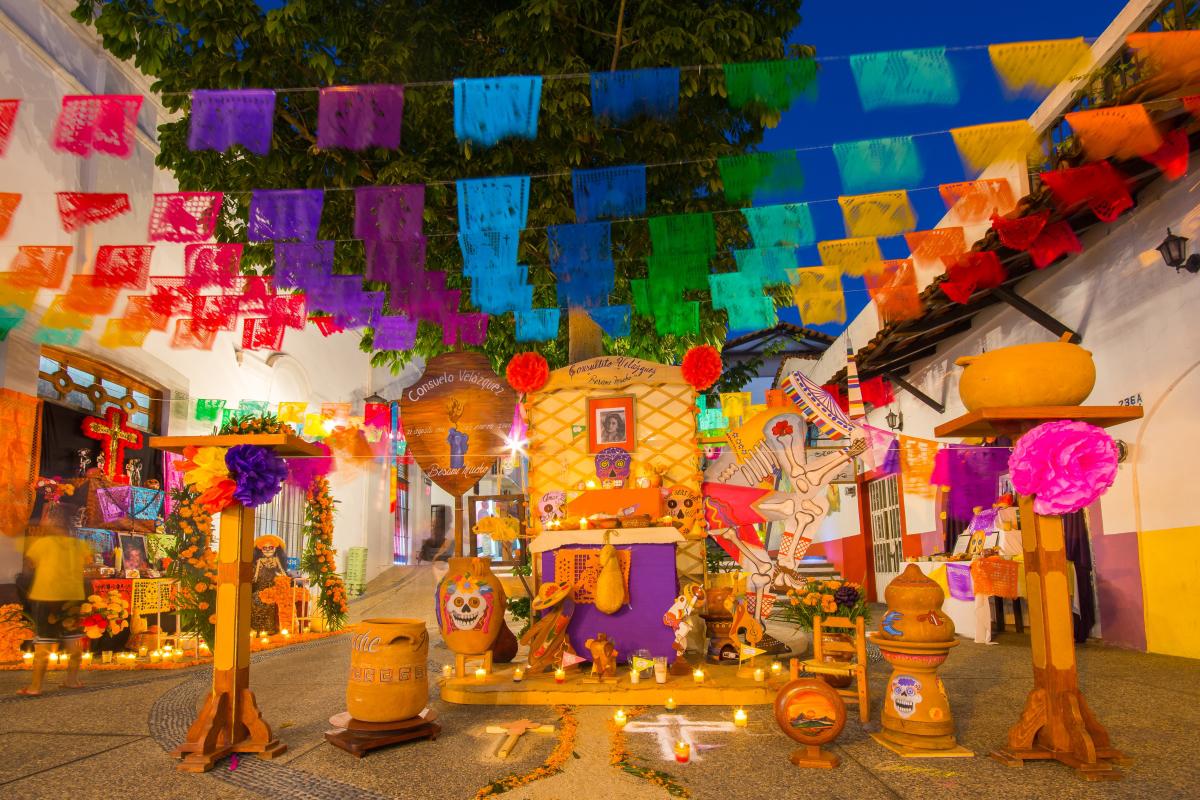The Day of the Dead, or Día de los Muertos, is a vibrant Mexican celebration that honors deceased loved ones. As I personally delve into this tradition, I am continually amazed by the beautiful decorations that embody the spirit of remembrance. This article will explore the various traditional Day of the Dead decorations, their meanings, and how to incorporate them into your own celebrations, ensuring that your tribute is both respectful and heartfelt.
Understanding Day of the Dead Decorations
At its core, Día de los Muertos is a joyful celebration. Families create altars (ofrendas) adorned with decorations that invite the spirits of the deceased to join them for the festivities. This blend of reverence and festivity is reflected in the decorations themselves.
The Symbolism Behind Day of the Dead Decorations
Each decoration serves a specific purpose, contributing to the overall theme of remembrance and celebration:

- Cempasúchil (Marigolds): These bright orange flowers are believed to guide spirits back to the world of the living.
- Sugar Skulls (Calaveras): These represent the sweetness of life and are often inscribed with the names of the departed.
- Paper Decorations (Papel Picado): These intricate paper cuttings symbolize the fragility of life.
- Photographs: Often displayed on altars to honor and remember the deceased, keeping their memory alive.
Creating Your Own Traditional Day of the Dead Decorations

Crafting your decorations can be a rewarding experience. Below, I will guide you through the process of creating meaningful Day of the Dead decorations.
1. Making Cempasúchil Flowers

To create a stunning effect for your altar, consider making your own marigold flowers. Here’s a simple guide:
Materials Needed:
- Yellow and orange tissue paper
- Floral wire or pipe cleaners
- Scissors

Instructions:
- Cut layers of tissue paper into squares (about 6-8 inches).
- Stack the squares, then pinch the center and twist with floral wire.
- Fan out the edges to create flower petals.
- Repeat to create a bouquet!
2. Crafting Sugar Skulls

While they can be purchased, making sugar skulls adds a personal touch. Here’s how:
Materials Needed:
- Sugar skull molds
- Granulated sugar
- Water
- Egg whites
- Food coloring

Instructions:
- Mix sugar, egg whites, and a few drops of water to form a thick paste.
- Pack the mixture tightly into the molds and let it dry for 24 hours.
- Once dried, use icing to decorate your skulls with intricate designs.
Types of Traditional Decorations for Día de los Muertos
Let’s explore the various types of traditional decorations commonly used during Día de los Muertos:
Papel Picado
Papel picado is a traditional decoration made of colorful paper cut into intricate designs. These are hung above the altar and around homes to signify the fleeting nature of life. The designs often include skulls, flowers, and scenes that celebrate life and death.
Altar (Ofrenda)
The altar is the centerpiece of the celebration, often set up in homes or cemeteries. It is decorated with:
- Photos of the deceased
- Favorite foods and drinks of the departed
- Items that represent the deceased’s hobbies or interests
Hanging Decorations
Many families also hang decorations throughout their homes. These often include:
- Paper streamers
- Brightly colored ribbons
- Skeleton decorations
Comparing Traditional Decorations
| Decoration Type | Symbolism | Materials Used | Make Your Own? |
|---|---|---|---|
| Cempasúchil (Marigolds) | Guide spirits | Tissue paper | Yes |
| Sugar Skulls | Sweetness of life | Sugar, egg whites | Yes |
| Papel Picado | Fragility of life | Colored paper | No (often bought) |
| Altar Items | Memorialize loved ones | Varies | Yes |
Pros and Cons of Traditional Day of the Dead Decorations
Pros
- Meaningful: Each decoration has personal significance, fostering a connection between the living and the deceased.
- Creative outlet: Crafting decorations is a creative process that allows for personal expression.
- Community Engagement: Many families come together to create and share decorations, fostering relationships.
Cons
- Time-consuming: Crafting decorations can require significant time and effort.
- Costs: Purchasing decorations can add up, especially for larger altars.
- Commitment: Maintaining the decorations over the celebration can be a labor-intensive task.
FAQs About Traditional Day of the Dead Decorations
What are the most common decorations for Día de los Muertos?
The most common decorations include cempasúchil (marigolds), sugar skulls, papel picado, and personal photographs of loved ones.
How do I make my own papel picado?
You can create your own papel picado by cutting intricate designs into sheets of colorful tissue paper. You can find many templates online or create your own designs!
Can I use other flowers besides cempasúchil?
While cempasúchil is traditional, other flowers like roses or lilies can also be used. It’s important to use vibrant colors to honor the festive spirit of the celebration.
Is it necessary to have an altar for Día de los Muertos?
While not mandatory, having an altar is a meaningful way to honor loved ones and can enhance the celebration for those participating.
Embracing the Day of the Dead Spirit
As we celebrate Día de los Muertos, embracing these traditions and their colorful decorations helps us connect with our heritage and the memories of those we’ve lost. Through crafting and displaying these symbols, we keep their spirits alive and honor their lives in a vibrant, joyous manner. My own experiences creating these decorations have not only brightened my home but also brought my family closer together as we share stories and laughter about our loved ones.
So as you prepare for this special occasion, remember that each decoration tells a story—your story, your family’s story, and the stories of those you love. Happy Día de los Muertos!